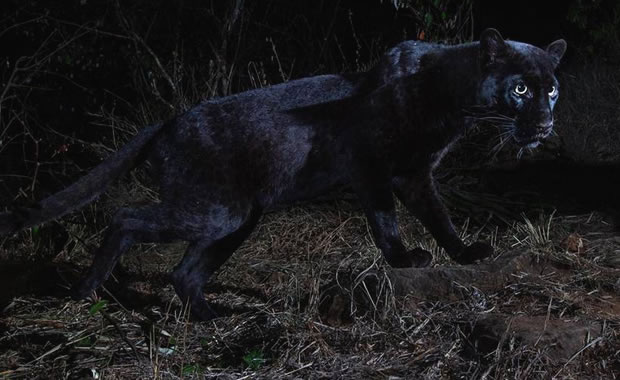
Creature Profile
The Devil Fish is a ray from the genus Manta and family Mobulidae. It also go by the names Giant Manta Ray, Oceanic Manta ray, Pacific Manta Ray and Pelagic Manta Ray. It is gray to black on the upper side of the body while its underside is whitish with blotches that are gray in color. Its skin is resembles that of sharks and is scaly and rough. It is the largest among rays and has a short tail that lack stinging spines. It has a relatively small dorsal fin and lacks caudal fins. Its head has a two cephalic lobes protruding to the front and a rectangular- shaped mouth that is broad and has small teeth only on the lower jaw line. Its gills are located on the lower side of the body. It has a cartilaginous skeleton which assist in different movements. Devil Fish can elongate up to 30 feet and can weigh up to 3085 lbs.
Diet consists of parasites, small fishes and crustaceans and zooplankton. It is commonly found in habitats such as coastal lines, tropical, temperate and sub-tropical waters, and in shallow reef either in shore or offshore. Mating occurs between the months of December and late April and occurs around reefs that are rocky (30-65 feet deep) and in tropical waters. Several males court a female by following the female closely (for about 30minutes) after which a female reduces her speed. The leading male then mates this female by biting one pectoral fins side and realigning his body with that of the female and inserting his clasper into the females cloacae and ejecting his sperms (for about 2 minutes) then swimming away. Another male then repeats the mating and after this the female herself swims away leaving the rest of the courting males. After about 13 months after mating, 1 or 2 young called pups are born wrapped up in their pectoral fins. At birth theses pups measure about 4 feet and weigh about 25 lbs.
Major threats facing the Devil Fish are incidental and targeted fishing, commercial use as in trade, being caught as a by-catch, irresponsible tourism practices and pollution of their habitats. Killing or capturing the Devil Fish is prohibited in several countries such as Philippines, Ecuador, Western Australia, the United States, Republic of Maldives, Mexico and New Zealand. Due to difficulties experienced in encountering them as a result of their nature of distribution the overall estimation of the population size of the Devil Fish is not known. Protection of this species in these countries has helped reduce the decline of the Devil Fish.
Wikipedia Article

|
Wikipedia Article Copyright Notice: This article is licensed under the GNU Free Documentation License. It uses material from the Wikipedia article "Manta ray". |
March 7, 2023
Glenn, C. R. 2006. "Earth's Endangered Creatures - Devil Fish Facts" (Online). Accessed 4/17/2024 at http://earthsendangered.com/profile.asp?sp=11134&ID=8.
Need more Devil Fish facts?



